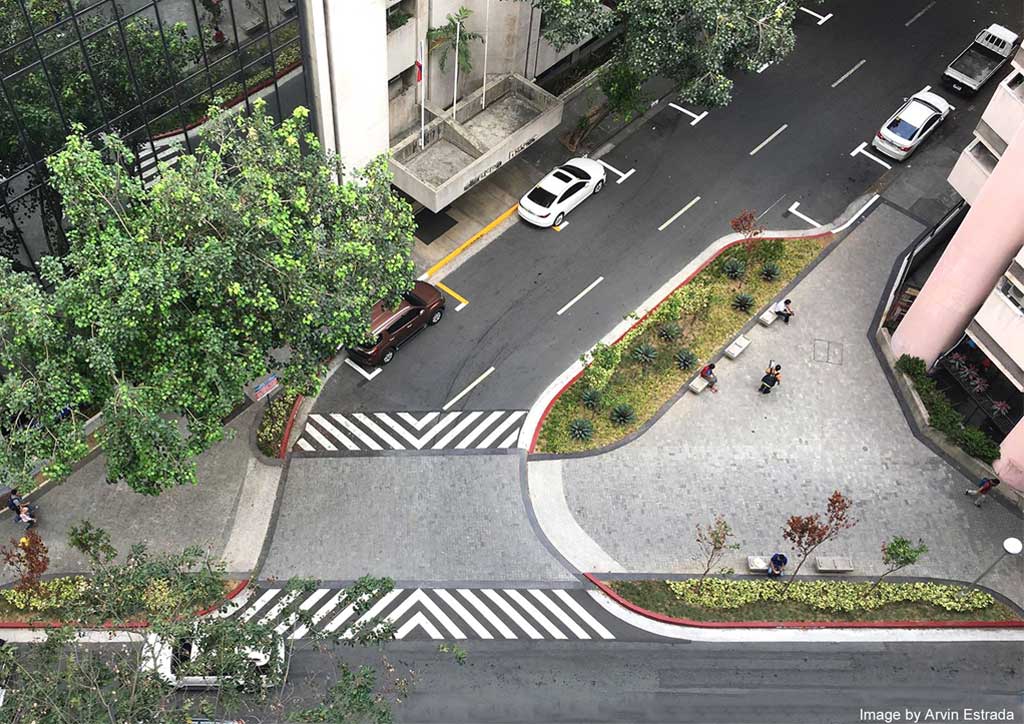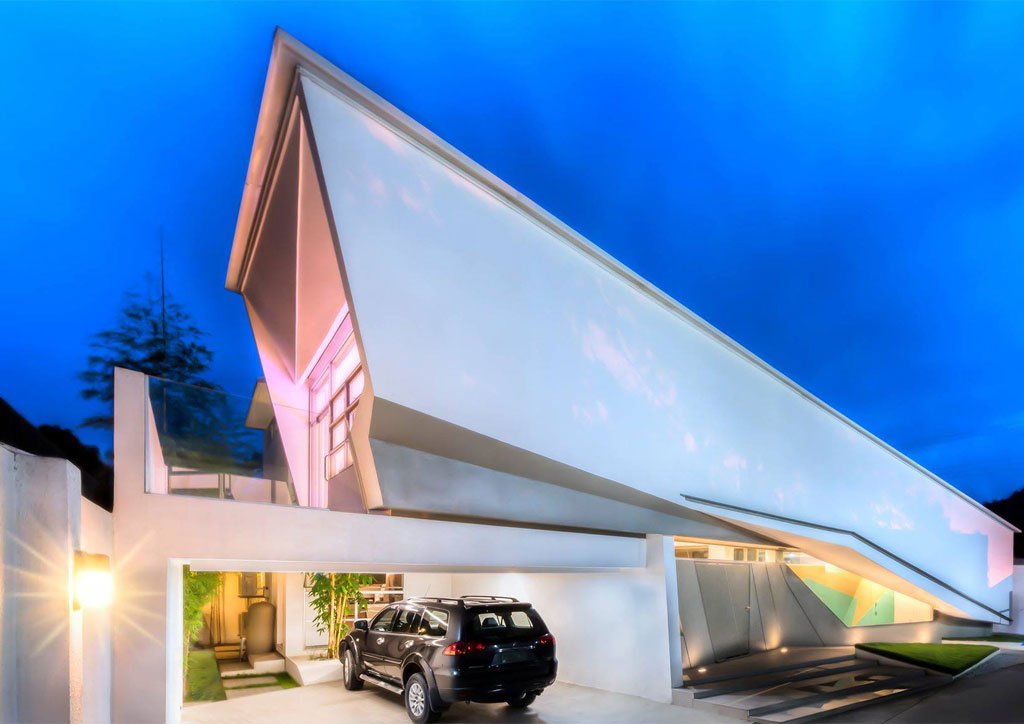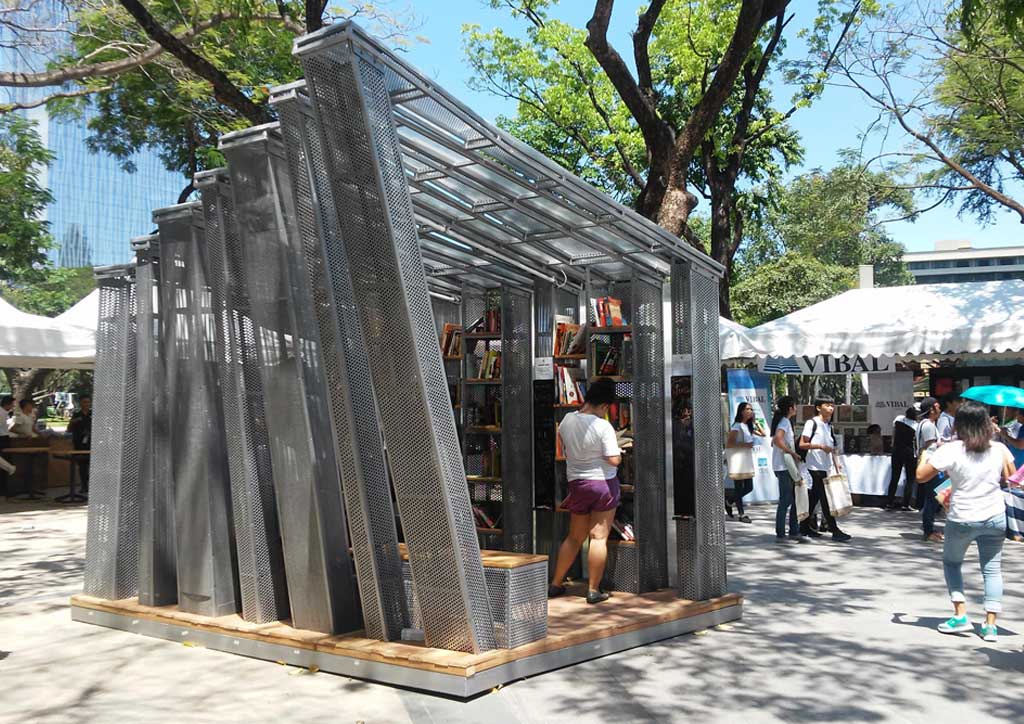
Good Design Award Philippines recognizes impact-driven design solutions
The recently concluded inaugural run of the Good Design Award Philippines (GDA Ph), organized by the DTI-Design Center of the Philippines, celebrated design as a tool for solving real-world problems and uplifting the quality of human life. GDA Ph recognizes design projects and solutions that stand out to qualify to the standards of Philippine design excellence comprised of four integral pillars—innovation, function, form, and malasakit (compassion).
Malasakit and good design
The executive director of the Design Center Rhea O. Matute explains that the emphasis on malasakit as an integral component of good Philippine design signifies the country’s contribution to the global design discourse. “It is the impact of the design solutions on the quality of life, social concern or human need that distinguishes Philippine design from the rest,” says Matute. “In the first-ever run of the Good Design Award Philippines, the Design Center is instilling the idea that good design is not about aesthetics alone, but it is also a process-oriented approach to creating transformational solutions. Design can change the world.”

Design Advisory Council (DAC) co-chair for the private sector and GDA Ph jury chairperson, architect Royal Pineda, echoes: “As a problem-solving tool, design must be at the core of systems that make life easier and better for all.” Pineda adds that the DAC works hand in hand with the Design Center in advocating for design excellence through a National Design Policy that will amplify Philippine design and the Filipino creative spirit. “We must act on enriching the Filipino mindset to make them realize that design is everywhere and around them, that they are already living by design,” says Pineda.
READ MORE: Monumental Design Mistakes in the Philippines: Are we still guilty?
Underscoring the designer’s equally significant role in problem-solving, Category Head for the Placemaking category, Swiss-American architect, and SoFA Design Institute dean architect Tobias Guggenheimer relates, “[Designers] are like servants—accommodating, yielding and pliant. We are humble because there is humility in our work—the purpose of which is to solve problems for families, for companies, for residents of cities and provinces and countries.” He also commended that the scope of submitted entries (i.e., private residences, shops, public amenities) was indicative of how designers wanted to do good work.

Besting over 80 entries to win the Malasakit award (grand prize), Po-Lite Hollow Blocks transforms socialized housing initiatives for the marginalized with construction materials that give value and dignity to mass housing structures. Po-Lite’s hollow blocks are a mix of green composite and locally-sourced natural fillers that deviate from the extractive industry of cement production. Hollow blocks are suited for resilient and cost-effective construction, ideal for a country prone to typhoon calamities.
Good Design Award Placemaking winners
Makati Urban Patios by Paulo Alcazaren (PGAA Design Studio) bagged the Gold Award for the placemaking category. Meanwhile, Linegraph House by Buck Richnold Sia (Zubu Design Associates) and Bakwit Kit by Heidrun Milan, Joppa Lydda de Guzman, and Jeff Albert Villegas (Heidrun Milan Design Studio) received the Red Award.

PGAA Design Studio redesigned street corners within the Makati Central Business District for the safety and convenience of pedestrians. The studio closed the gap between junctions without reducing the lane widths for cars. It provided measures to slow cars down and created people-friendly pocket gardens to encourage walking within the business district. The urban patios did not just innovate the design of an existing infrastructure to work for the benefit of people on the street; it also created more opportunities for trees and landscape to mitigate the harsh cityscape of concrete, glass, and steel. Guggeinheimer appreciated that the project works on defending and expanding the rights of the pedestrian through the redesign.
READ MORE: Walk through Makati with a British urbanist
The Linegraph House created an aesthetically distinct profile of a house by manipulating its massing by taking inspiration from a line graph. The varying ridges in its form improved the quality of space by considering natural light and ventilation to create a breathable atmosphere. These characteristics are proved to be beneficial in getting savings from electricity, reducing their energy consumption, which is helpful for the environment.

The Bakwit Kit, on the other hand, is a flat-packed evacuation kit that creates physical boundaries and dignified spaces and establishes privacy needed to uplift evacuation centers. Local government units (LGU) can adopt this practice in making their cities more resilient, especially during a disaster. This innovation could promote best practices in establishing resources and infrastructure among LGUs. It also promotes cultural identity through the use of local materials.
WTA Architecture and Design Studio‘s The Book Stop Project, a pop-up micro-library, took home the Green Award. Outstanding all the projects from across the different categories, The Book Stop Project received the special award as it has the most impact in line with the United Nations Sustainable Development Goals relating to the environment and sustainability. Made with sustainable and durable wood composite outdoor decking maximizing a small space, The Book Stop fosters innovation by activating spaces with a small footprint. The project democratizes the act of reading by creating a free and accessible space, from which people can host storytelling for children and other gatherings to promote reading and passion for books. The Book Stop achieves these goals by refocusing the core program of a library as a place for books and reading, a space for human interaction, and a platform for learning, by taking it outside and closer to more people.
READ MORE: These 3 internationally recognized projects embody social architecture
Images courtesy of Design Center of the Philippines


